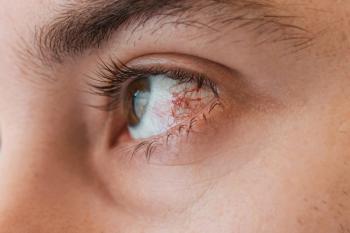
Kala Pharmaceuticals announces IND submission
Kala Pharmaceuticals, Inc. recently announced that it has submitted an Investigational New Drug (IND) application to the U.S. Food and Drug Administration (FDA) to initiate a Phase 3 clinical program with its MPP-formulated loteprednol etabonate ophthalmic nano-suspension product (LE-MPP) for the treatment of post-operative inflammation and pain following cataract surgery.
Waltham, MA-
Kala’s proprietary MPP technology platform allows therapeutic agents to pass through the mucus layer of the ocular surface, facilitating penetration into deeper tissues of the eye, including the aqueous humor and retina. Kala’s MPPs are designed to potentiate pharmacological effects within target tissues. The objective of the upcoming clinical trial with Kala’s LE-MPP product is to demonstrate anti-inflammatory efficacy similar to that of other steroid-based treatments with less frequent (twice-daily) dosing while maintaining the safety profile of current loteprednol etabonate products.
“In preclinical studies, LE-MPP demonstrated a superior pharmacokinetics profile in target tissues compared to currently marketed loteprednol etabonate products,” said Kim Brazzell, Ph.D., Kala’s chief medical officer. “In head-to-head preclinical studies, LE-MPP delivered significantly greater levels of drug to the aqueous humor, as well as the cornea, conjunctiva, and retina than either Lotemax Suspension or Lotemax Gel (loteprednol, Bausch and Lomb) with similar dosing regimens. The objective of the upcoming clinical trial will be to demonstrate if twice-daily administration of 1% LE-MPP is effective in the treatment of inflammation and pain following cataract surgery. If successful, this would represent a significant dosing advantage compared to other topical steroids, which are currently indicated for four times a day dosing.”
Newsletter
Want more insights like this? Subscribe to Optometry Times and get clinical pearls and practice tips delivered straight to your inbox.



















































.png)


